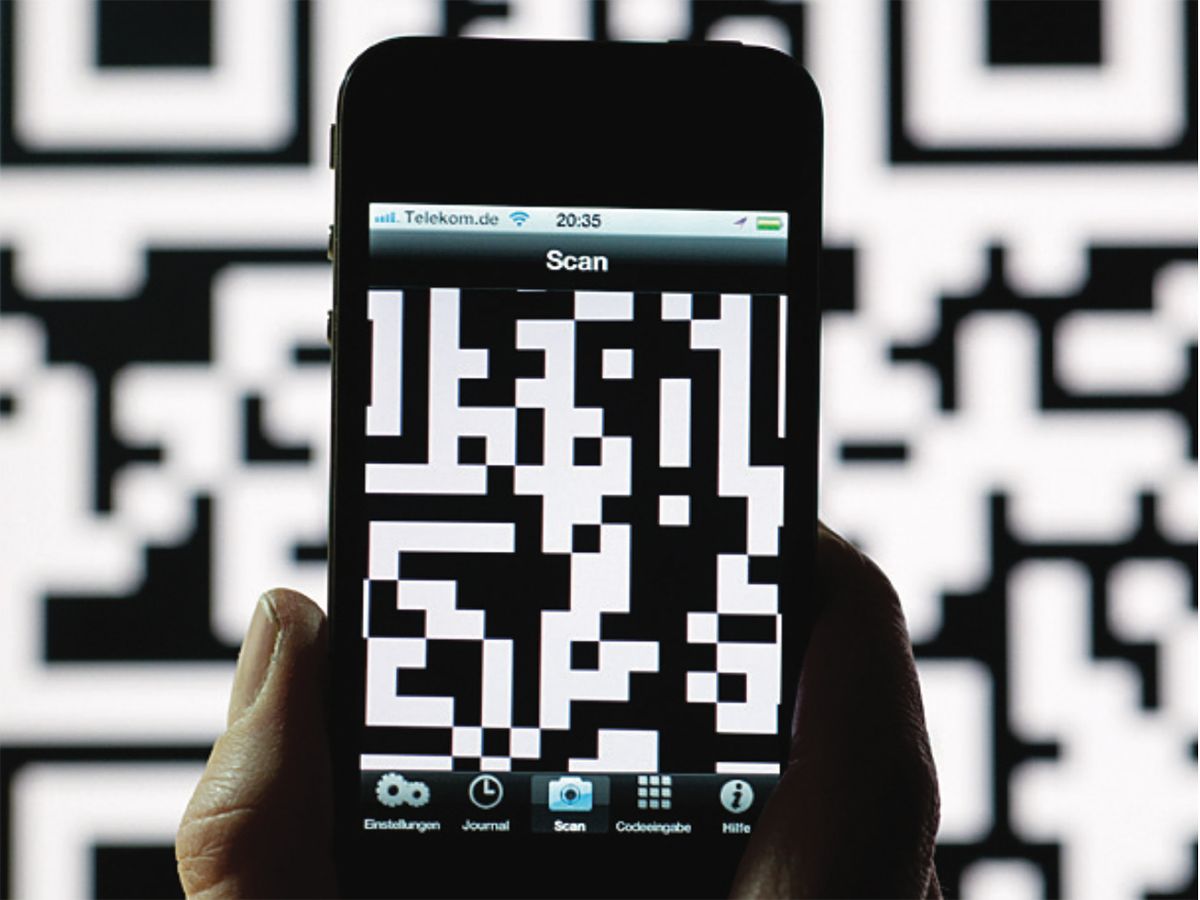No More Waiting on Near Field Communication
Start-ups are making mobile payments work without dedicated hardware

For years, when analysts and engineers talked about phones replacing our wallets, they focused on a single technology: Near Field Communication. NFC allows devices located within a centimeter or two of each other to establish a wireless connection.
But eight years after Nokia, Philips, and Sony founded the NFC Forum, the technology still isn’t common in phones. In the United States, only two models, available on the Sprint network, have shipped with the NFC hardware to support Google Wallet. (Verizon Wireless’s Galaxy Nexus phone has an NFC chip, but the company initially blocked its use for Google Wallet.) Certainly, there will be more NFC-enabled phones to choose from in the future: Over 100 models have been announced for 2012, according to analysts at the Swedish firm Berg Insight [PDF], more than twice as many as the 40 models released globally in 2011.
But just producing more NFC-enabled phones isn’t enough. Stores still need to add NFC readers to all of their cash registers, and retailers don’t want to spend money on that until there’s significant demand. It’s a classic chicken-and-egg situation.
In the meantime, mobile-payment start-ups aren’t waiting around for NFC. They’ve found that most cellphones already have technologies available to make purchases work.
QR Codes
Remember when there was a whole category of mobiles called camera phones? Today, a built-in camera is a standard feature, which means that most phones are capable of scanning Quick Response (QR) Codes, those square-shaped bar codes often seen on promotional posters. Numerous companies like DigiMo, LevelUp, and mFoundry have built payment schemes around QR scanning.
DigiMo’s system uses the phone as a scanner—merchants post a QR code sticker at each register, which customers use their phones to scan. After the customer authenticates the purchase, the clerk completes the transaction by swiping a DigiMo-issued card through the store’s existing mag-stripe system.
But QR codes can also be used in reverse. In schemes used by LevelUp and Starbucks (which uses mFoundry’s technology), a customer displays a unique QR code on the phone, and the cashier scans it at the point of sale, allowing the equipment there to process the transaction.
Accelerometer
Silicon Valley start-up Bump Technologies recently announced Bump Pay, which cleverly uses accelerometers and geolocation to let users exchange money between phones. To transfer money to a friend who also has the Bump Pay app, you just enter the amount, then bump the two phones together.
Bump Pay’s system uses geolocation data to limit the search to nearby phones. Next, it compares the timing of accelerometer events to match up two phones that recorded an impact at the same time. Finally, it executes the transaction via PayPal.
Compared with NFC, it’s an extremely convoluted solution for proximity sensing. But Bump shows how the nature of the problem has shifted. NFC was originally envisioned as an extension of smart-chip technology, where account balance information is stored in the device itself and transactions can be processed without connecting to the network. But in today’s age of nearly constant data connectivity and cheap cloud processing, that’s no longer necessary.
SMS
In countries where most people have basic mobile phones, SMS-based payment schemes are popular. Essentially, these allow you to “text-message” money to anyone with a phone. The simplicity of SMS has made it easy for many mobile-payment start-ups to experiment. In 2010, Indian researchers found that across the globe SMS was being used to provide nearly every mobile financial service.
PayPal, now owned by eBay, was built on the ability to send funds between e-mail addresses. Now it has linked mobile phone numbers to e-mail accounts, and users can send payment via text message.
So is it too late for NFC? Not necessarily. But these alternatives may further slow adoption. NFC chips are good for a lot more than just mobile payments—opening digital locks, pairing wireless devices, or transferring data. But NFC proponents have long counted on mobile payments to be their killer app. Maybe it’s time to reconsider.
